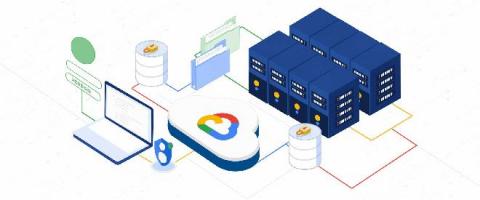Has Data, AI and Bots Brought Us Closer Than Ever To Achieving The Modern Day KITT Car?
As a kid, I loved the TV show “Knight Rider.” But, for me, the star of the show wasn’t David Hasselhoff, it was the intelligent automobile KITT. KITT – the Knight Industries Two Thousand – was smart, funny and sarcastic, which is always well received by us Brits.








